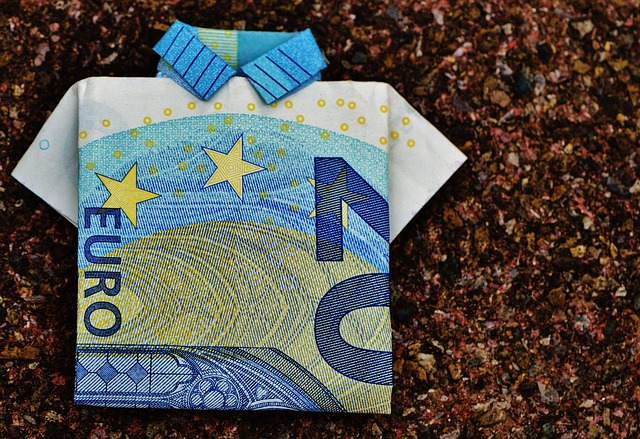Ballet Terminology: Understanding Key Neoclassical Terms and Phrases
Ballet, with its graceful movements and timeless elegance, has captivated audiences for centuries. Within the realm of ballet, neoclassical ballet stands out as a distinct style that combines classical techniques with contemporary innovation. To truly appreciate neoclassical ballet, it's essential to grasp the terminology that defines this artistic form. Let's delve into key neoclassical ballet terms and phrases that enrich the dancer's vocabulary and the audience's understanding.
1. Plie: Derived from the French word meaning "bent," a plie is a fundamental movement involving a bending of the knees. In neoclassical ballet, plies are often executed with a unique blend of fluidity and precision, setting the tone for the graceful yet controlled style.
2. Attitude: This term refers to a pose where the working leg is lifted and bent at a 90-degree angle. Neoclassical ballet infuses attitude poses with a sense of lyricism, showcasing the dancer's ability to convey emotion through their body's lines and angles.
3. Arabesque: A pose where the dancer stands on one leg while extending the other leg straight behind them. Neoclassical ballet introduces variations of the arabesque, incorporating innovative arm movements that add an extra layer of expressiveness.
4. Adagio: Adagio, meaning "slowly" in Italian, is a segment of a ballet routine characterized by unhurried, fluid movements. In neoclassical ballet, adagio sequences emphasize the dancers' connection, often performed with intertwining and synchronized steps that exude both vulnerability and strength.
5. Allegro: A term translating to "quick" or "lively," allegro in neoclassical ballet showcases dynamic and rapid movements. Dancers perform jumps, leaps, and turns with an airy lightness that contrasts beautifully with the more deliberate elements of the style.
6. Battement: Battement refers to a controlled extension of the leg either to the front, side, or back. In neoclassical ballet, battements are executed with an emphasis on precision, highlighting the dancer's ability to maintain balance and poise.
7. Developpe: This term involves smoothly unfolding the working leg from a bent position to a fully extended one. Neoclassical ballet incorporates developpes to create visually captivating lines and shapes, adding an aesthetic dimension to the choreography.
8. Pas de Deux: Translating to "step for two," a pas de deux is a duet featuring two dancers. In neoclassical ballet, pas de deux choreography often intertwines traditional partnering techniques with contemporary movements, symbolizing the harmony between tradition and innovation.
9. Lines: In neoclassical ballet, achieving clean and elongated lines is paramount. Dancers strive to create harmonious lines through their bodies, extending limbs with precision and maintaining alignment, thereby enhancing the visual impact of their movements.
10. Musicality: Musicality is the art of synchronizing movement with music. In neoclassical ballet, dancers exhibit an acute sense of musicality, interpreting the music's nuances through their choreography, enhancing the emotional resonance of their performance.
Neoclassical ballet, with its fusion of tradition and modernity, offers a captivating dance experience for both performers and audiences. By familiarizing yourself with these key terms, you can gain a deeper appreciation for the technical prowess and artistic expression that define this style. So, whether you're watching a neoclassical ballet performance or stepping into the studio yourself, let these terms serve as your guide to the enchanting world of ballet.



